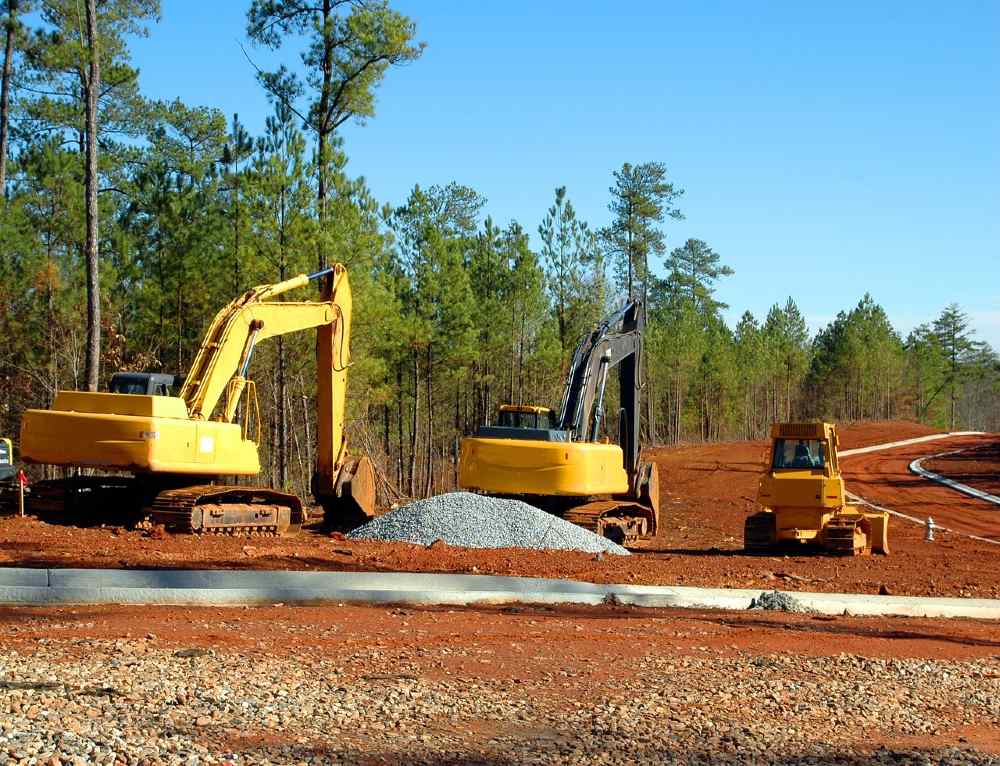The construction industry is constantly evolving, and the latest technological advancements in equipment are at the forefront of this transformation. These innovations hold the promise of greater efficiency, enhanced safety, and significant cost savings for construction professionals and project managers.
In this post, we’ll explore the current state of construction efficiency, highlight the latest trends in construction equipment, and examine real-world examples of how cutting-edge tools are making a difference. We’ll also discuss the benefits of adopting new technology, address common challenges, and look ahead to what the future holds for construction technology.
The Current State of Construction Efficiency and the Role of Technology
Construction efficiency has always been a critical focus for industry professionals. However, achieving optimal efficiency is a complex challenge that involves balancing project timelines, costs, and safety concerns. Traditional methods often fall short, leading to delays and budget overruns.
Modern technology is becoming a game-changer in addressing these issues. From automated machinery to advanced software, new tools are streamlining processes and making it easier to manage complex projects. The integration of technology is not just about keeping up with trends; it’s about fundamentally transforming how construction is approached and executed.
The adoption of cutting-edge equipment is crucial for staying competitive in today’s fast-paced industry. For project managers and construction professionals, understanding and leveraging these advancements can lead to significant improvements in productivity and overall project success.
Key Trends in Construction Equipment
The construction industry is witnessing several key trends that are driving efficiency and innovation. Here are some of the most notable:
GPS Positioning
GPS positioning is revolutionizing the way projects are executed in construction. Designers of the HAWK Excavator and other construction equipment manufacturers have raised the bar of precision by integrating GPS technology to achieve precise location tracking and real-time data analytics.
This level of accuracy minimizes errors, optimizes workflows, and ensures that excavation processes are conducted efficiently. Operators can make informed decisions based on live data, enabling quicker adjustments and reducing downtime. Overall, the incorporation of GPS positioning in advanced equipment enhances productivity and reliability on job sites.
Autonomous Machinery
Autonomous machinery, such as self-driving trucks and robotic bricklayers, is revolutionizing job sites. These machines can operate continuously without fatigue, leading to faster project completion times and reduced labor costs.
Drones for Site Surveys
Drones are increasingly being used for site surveys and inspections. They provide a bird’s-eye view of the construction site, allowing for accurate measurements and assessments. This technology reduces the time and effort required for traditional surveying methods.
Wearable Technology
Wearable technology, including smart helmets and safety vests, is enhancing worker safety and efficiency. These devices can monitor vital signs, track movements, and provide real-time alerts, helping to prevent accidents and improve overall site safety.
Benefits of Adopting New Technology
The adoption of cutting-edge construction equipment offers numerous benefits that can significantly impact project outcomes:
Cost Savings
Advanced machinery and technology can reduce labor costs and minimize material waste. By automating repetitive tasks and optimizing resource allocation, construction professionals can achieve substantial cost savings.
Enhanced Safety
Safety is a top priority in construction, and new technology is making worksites safer. Wearable devices, drones, and autonomous machinery help monitor and mitigate risks, leading to fewer accidents and injuries.
Improved Project Timelines
Efficiency gains from using advanced equipment translate into shorter project timelines. Faster completion times mean projects can be delivered on schedule or even ahead of time, enhancing client satisfaction and opening up opportunities for new work.
Overcoming Common Challenges in Implementing New Equipment
While the benefits of cutting-edge equipment are clear, implementing new technology can present challenges. Here are some common obstacles and strategies to overcome them:
Initial Investment Costs
The initial cost of purchasing advanced equipment can be daunting. However, considering the long-term savings and efficiency gains, the return on investment (ROI) often justifies the expense. Leasing options and financing plans can also make it more affordable.
Training and Adaptation
Introducing new technology requires proper training for workers. Investing in comprehensive training programs ensures that staff can effectively operate the new equipment, minimizing disruptions and maximizing productivity.
Resistance to Change
Resistance to change is a common human trait, and the construction industry is no exception. Encouraging a culture of innovation and providing clear communication about the benefits of new technology can help ease the transition.
Future Outlook: Predictions for the Next Wave of Construction Technology
The future of construction technology is promising, with several emerging trends set to further enhance efficiency:
Artificial Intelligence (AI) Integration
AI is expected to play a significant role in construction, from predictive analytics for project planning to real-time monitoring and adjustments. AI-powered tools can help identify potential issues before they become problems, leading to more proactive management.
3D Printing
3D printing technology is poised to revolutionize construction by enabling the creation of complex structures with unprecedented precision and speed. This innovation has the potential to drastically reduce construction time and costs.
Sustainable Construction Practices
Sustainability is becoming a key focus in construction. Advanced technology is enabling more eco-friendly practices, such as using recycled materials and optimizing energy consumption. This shift towards greener construction methods is not only beneficial for the environment but also for long-term cost savings.
Staying ahead in the construction industry requires continuous adaptation and innovation. The adoption of cutting-edge equipment is essential for maintaining a competitive edge and achieving enhanced efficiency.
By staying informed about the latest trends and technologies, construction professionals and project managers can ensure their projects are completed on time, within budget, and to the highest standards of safety and quality.




